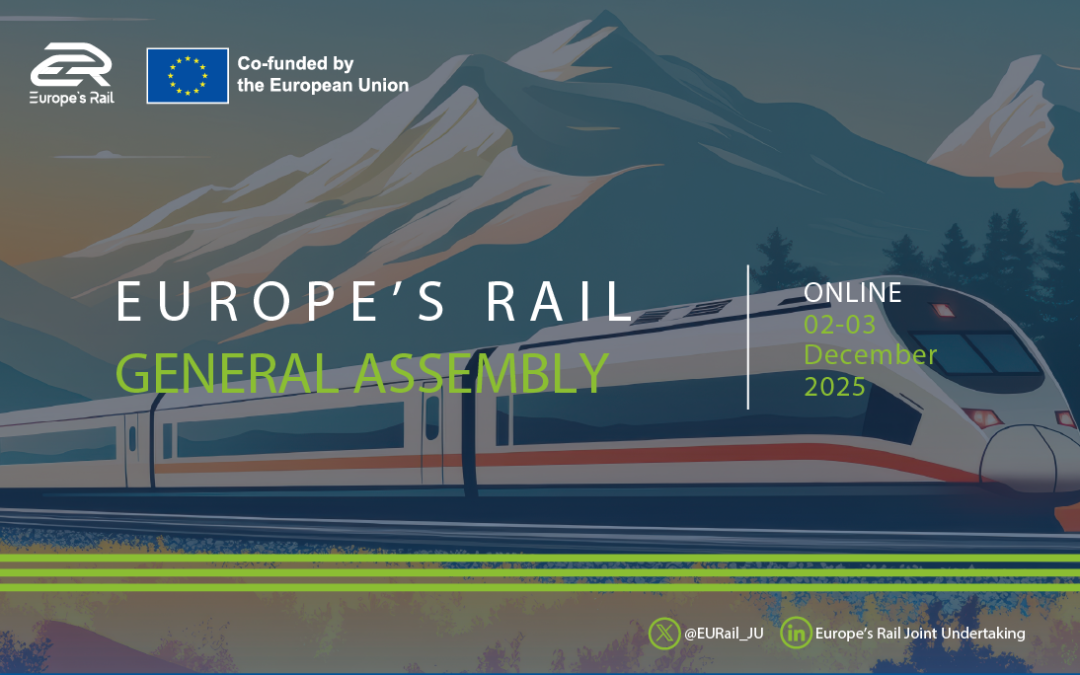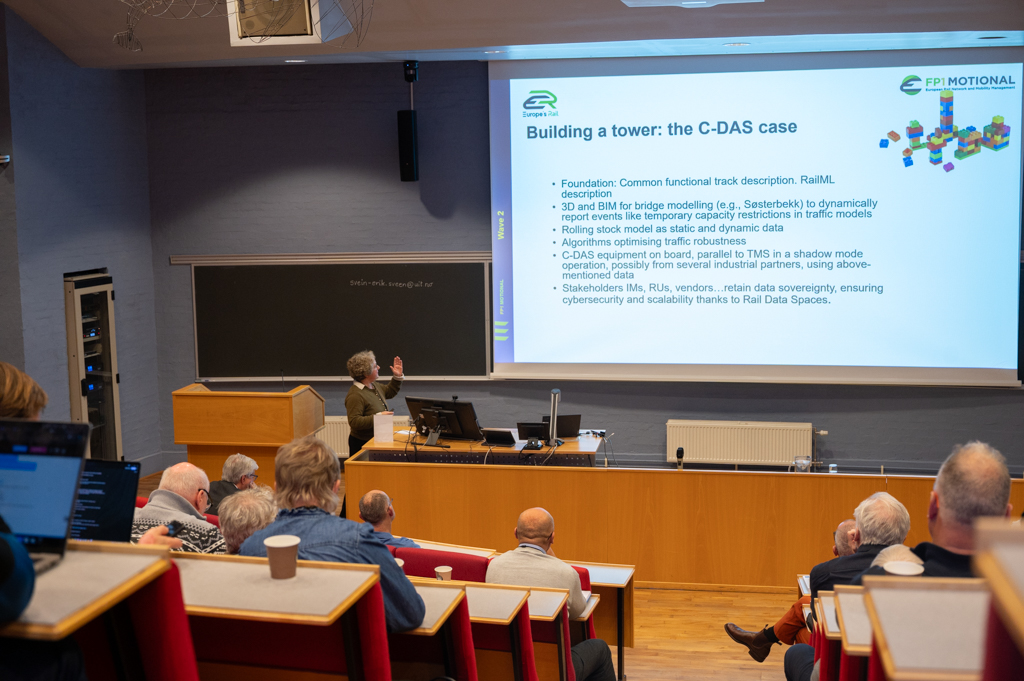On 2–3 December, the Europe's Rail General Assembly 2025 took place, providing a valuable occasion to look back at the...


Around 170 representatives from 60 different organisations and companies across Europe’s infrastructure and technology sectors gathered for a two day inauguration events for a new test arena for the railway technology of the future located in Norway called Arctic Test Arena. This is the result of the collaboration between Trafikverket, Bane NOR, Jernbanedirektoratet, Järnvägstekniskt centrum, Luleå University of Technology, Europe’s Rail, SINTEF, and UiT The Arctic University of Norway.
Stretching over 473 kilometres, from the ice-free port of Narvik to Luleå and the industries of Norrbotten, the Ofoten Line and the Iron Ore Line have served as a vital transport route for Europe’s raw material supply for more than a century. An Arctic climate, some of Europe’s heaviest trains, demanding topography and cross-border operations have made the route an ideal testing corridor for railway technology for several decades. This is a new Norwegian–Swedish initiative, Arctic Test Arena, partially funded by the EU, aimed at strengthening collaboration between authorities, research institutions and industry across national borders.
What works here, works everywhere
The technology being tested today – and in the future – along this route will contribute to improved operational reliability and more efficient maintenance for railways across northern Europe, and beyond. Testing activities have been carried out on the line for many years, and there is already a strong tradition of collaboration across organisational and national boundaries between authorities, academia and industry. With the establishment of the Arctic Test Arena, however, a clear platform is now being created to coordinate research, testing, and implementation of results.
Two days of inauguration events
The official opening of the test arena was held on 4 November at Narvik Railway Station. Afterwards, participants boarded a train to Abisko Station. During the journey, they were presented with information about ongoing and completed research and innovation projects along the route, such as:
The inauguration event concluded on 5 November with a seminar held at UiT The Arctic University of Norway in Narvik.
During this session, Isabelle Tardy, FP1-MOTIONAL Project Leader from the Norwegian Railway Directorate, presented the opportunities related to BIM, Rail Data Space, and C-DAS. Her presentation attracted great interest from the audience and sparked numerous questions from participants representing a number of organizations from across Europe.